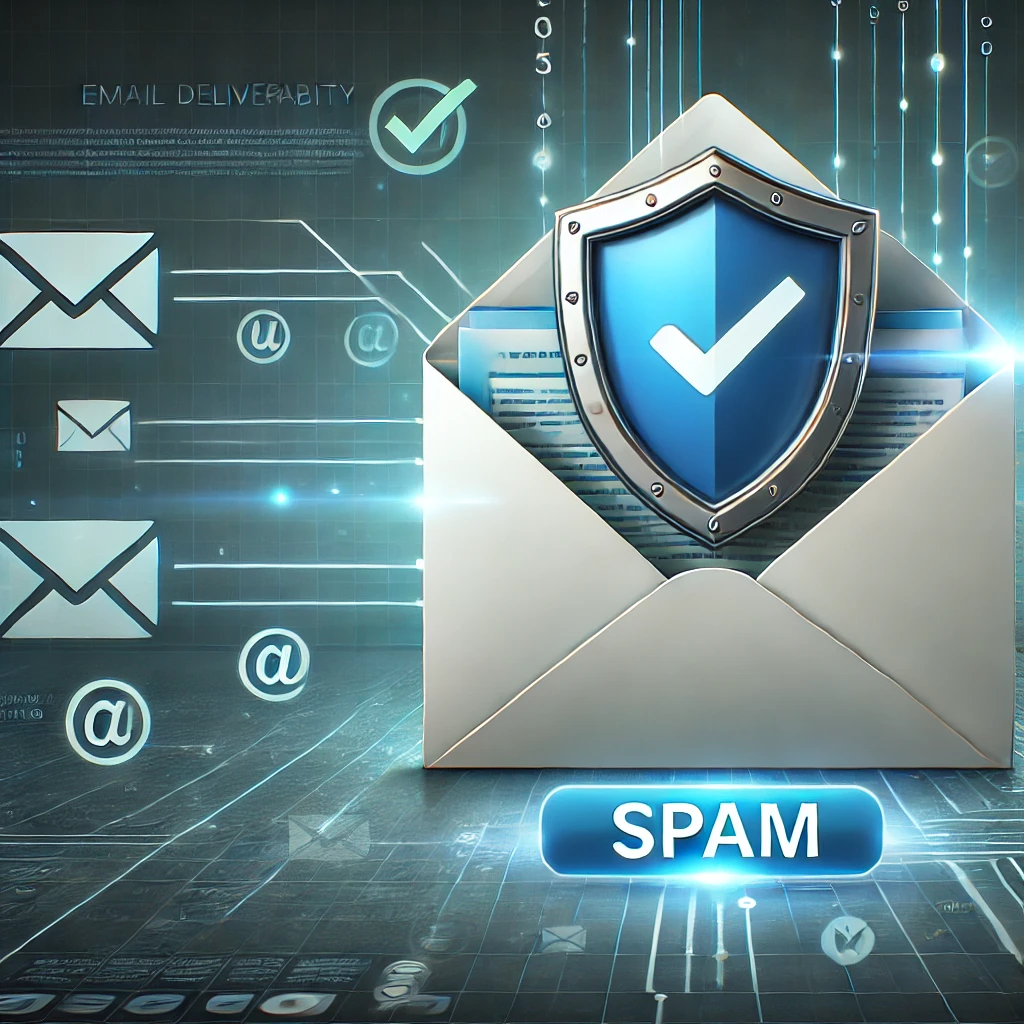
Avoiding the Spam Folder: Best Practices for Email Deliverability
As an entrepreneur, small business owner, or marketer, you've probably faced the challenge of emails getting lost in the spam folder. It's frustrating when you've crafted the perfect email marketing campaign but it ends up unseen. In this article, we'll walk you through the best practices to avoid the spam folder, ensuring that your emails reach your audience and help you build a stronger business presence online.
Why Email Deliverability Matters
Email deliverability is the key to ensuring your emails land in your recipients’ inbox rather than their spam folder. High deliverability increases your chances of reaching potential customers, keeping your audience engaged, and growing your business. For entrepreneurs and small businesses alike, email marketing is a vital tool to stay in touch with clients and prospects.
Common Reasons Emails End Up in the Spam Folder
1. Lack of Permission
Sending emails to individuals who haven't opted in or subscribed to receive your emails is a surefire way to end up in the spam folder. Always ensure your email list consists of people who have shown interest in hearing from you.
2. Using Spammy Words
Using certain trigger words such as "free," "guaranteed," and "limited-time offer" can raise red flags with spam filters. These words are often associated with unsolicited marketing, so be mindful of your language.
3. Unprofessional Formatting
Emails that appear overly promotional, too colorful, or include excessive images often appear suspicious. Keep your email clean and professional in design.
4. Inconsistent Sender Information
Ensure that your sender's name and email address remain consistent. Inconsistent details can make it difficult for spam filters to verify your authenticity.
Best Practices for Avoiding the Spam Folder
1. Build and Clean Your Email List Regularly
To avoid having your emails marked as spam, always work on building a high-quality email list. Regularly clean your list by removing inactive or invalid email addresses to reduce bounce rates.
2. Use a Verified and Trusted Email Service Provider
Choosing the right email marketing service provider is crucial. Well-known platforms like Mailchimp or SendGrid follow best practices to maintain high deliverability rates, improving your chances of landing in the inbox.
3. Craft a Clear Subject Line
The subject line is the first thing your audience sees. Avoid misleading or clickbaity titles, as these are often flagged by spam filters. Be clear and concise with your subject line.
4. Personalize Your Emails
Adding a personal touch to your emails helps establish trust with your recipients. Use their names and reference their previous interactions with your brand to make the email feel more genuine.
5. Monitor Your Sender Reputation
Your sender reputation plays a critical role in email deliverability. Consistently engaging your audience with valuable content can help maintain a good sender score. Avoid sending too many emails too quickly to prevent being flagged as spam.
Utilize Authentication Protocols
1. SPF (Sender Policy Framework)
SPF is a standard email authentication method that helps prevent email spoofing. By setting up an SPF record for your domain, you tell email servers which IP addresses are allowed to send emails on your behalf.
2. DKIM (DomainKeys Identified Mail)
DKIM adds a digital signature to your email, verifying that the email has not been altered during transit and is actually from the sender it claims to be from.
3. DMARC (Domain-based Message Authentication, Reporting, and Conformance)
DMARC provides even more protection, allowing email senders to specify how email servers should handle authentication failures, enhancing security and credibility.
Test and Optimize Your Emails
1. A/B Testing
Conduct A/B testing on your subject lines, content, and CTAs (calls to action) to see what resonates most with your audience. Testing different versions of your emails can increase engagement and reduce the chances of being marked as spam.
2. Monitor Engagement Metrics
Pay attention to metrics like open rates, click-through rates, and bounce rates. These metrics give you an insight into how well your emails are performing and help you tweak your strategy.
Maximize the Effectiveness of Your Email Campaigns
1. Segment Your Audience
Not all your subscribers will be interested in the same content. By segmenting your email list based on customer interests, demographics, or past interactions, you can send more relevant content and increase engagement.
2. Send Valuable Content
Provide value in every email. Whether it’s industry tips, exclusive discounts, or helpful insights, your subscribers will be more likely to open your emails if they find them valuable.
3. Avoid Over-Sending
Sending too many emails can overwhelm your subscribers, leading them to mark your emails as spam. Maintain a healthy balance between sending relevant emails and not bombarding your audience.
Conclusion: Stay Out of the Spam Folder!
In conclusion, email deliverability is crucial for any entrepreneur or small business aiming to succeed with email marketing. By following these best practices, including building a clean email list, using a trusted email service provider, authenticating your emails, and monitoring your performance, you can significantly improve your chances of avoiding the dreaded spam folder.